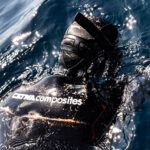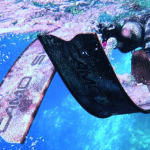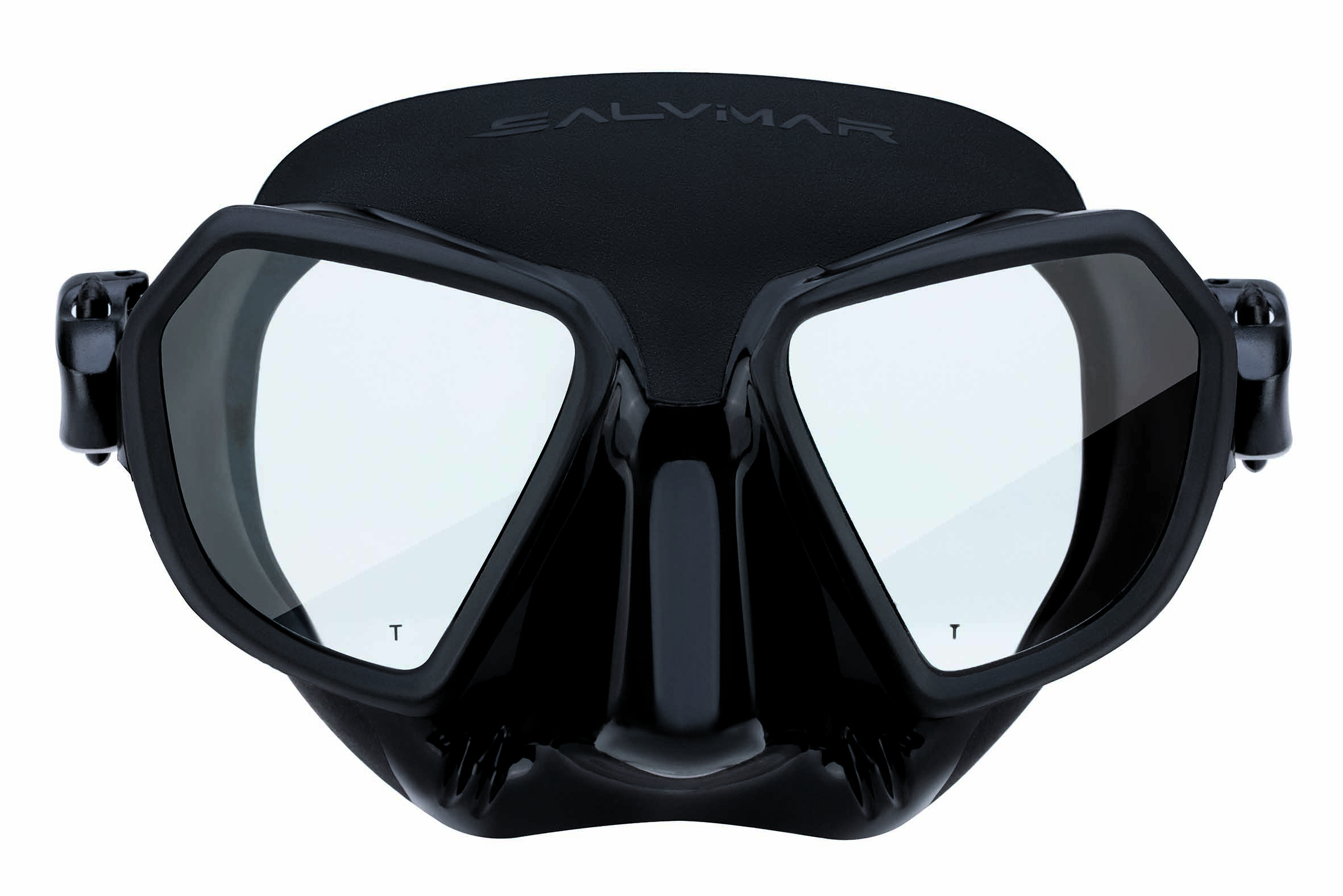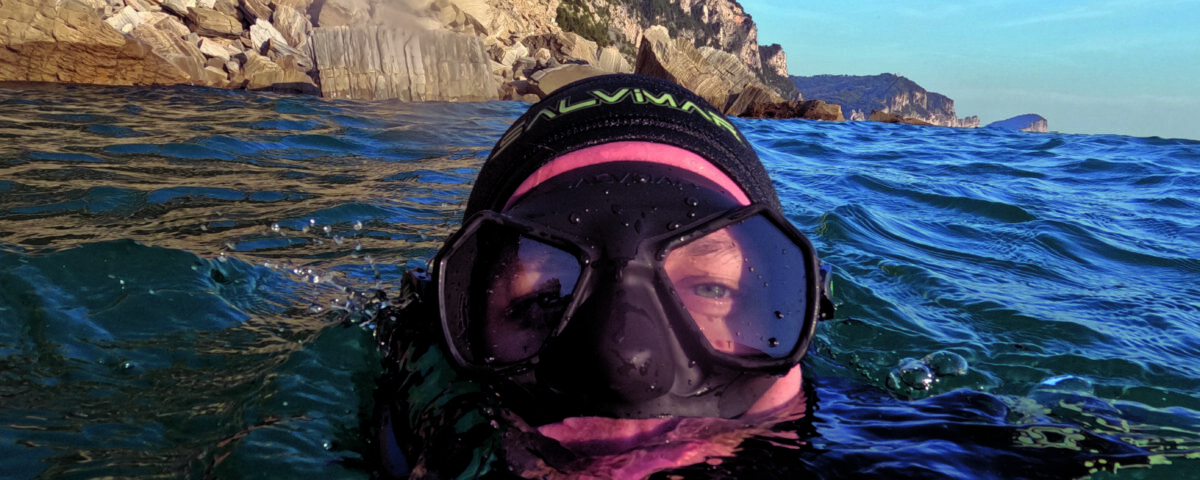Salvimar: No More Fogged-Up Masks

Cetma Composites: Black Camu Wetsuit
7 October 2025
C4: MB001 Skin Med/Ocean
14 October 2025There are six models from the company equipped with a special anti-fog system: Hathor, Neo, Noa, Endless, Trinity, and Morpheus. Just wet the lenses in the sea, put the mask on and you're good to go
Anselmo Bozzoni
It's no secret that the biggest issue with modern dive masks is fogging. Otherwise, they’re incredibly comfortable—or at least most of the ones on the market are. They don’t let in water, they don’t leave marks on your face even after hours in the water, they offer great visibility, and require very little air to equalize thanks to their low volume. But that fog in front of your eyes ruins everything—it can ruin a dive and leave you heading home frustrated.
The companies know this all too well, and that’s why they’ve been working hard to find real solutions. Especially because, with today’s high-tech silicone materials, even the old-school remedies—lighter flame, toothpaste, raw potato—aren’t always enough anymore.
This has led to various new anti-fog solutions hitting the market. One of them comes from Salvimar, and—according to our expert Cristian Righetti, who tested it in open water—it really works!
The tested model is called Hathor, equipped with Hydrophobic Glass lenses—a feature also used on five other masks from the brand.
"We were the first in the world to use such technology on diving masks," Salvimar told us. "Research is ongoing to further improve its performance."
So, how does this treatment work?
In short, it prevents condensation by repelling microdroplets of water, stopping them from forming the typical fog layer. The result is an instant and stable anti-fog effect.
"At least under normal conditions," Salvimar adds. "If environmental conditions are particularly unfavorable, the treatment might lose some effectiveness—for example, when there’s a sharp temperature difference between the water and the face, or if the mask is put on while still damp inside. In such cases, it's necessary to use an anti-fog spray or apply a small amount of saliva to the lenses and rinse."
Alright, it may not work 100% of the time, but if the Hydrophobic Glass system prevents fogging most of the time, then Salvimar has hit the mark!
That’s exactly what our tester Cristian (Righetti) thinks. In his review of the Hathor, he wrote:
"It feels strange not having to do any DIY anti-fog prep. I’m in Liguria, getting ready for a team competition in the waters of Porto Venere: the Coppa Liguria. Once on the inflatable boat, ready to gear up with the Hathor Antifog, the only thing I had to do to ‘activate’ the treatment was dip the lenses in the sea—no rubbing, nothing. And that’s exactly what I did. The remaining water slid off instantly; I didn’t see a single droplet: the lens was crystal clear! Not a trace of condensation, not even the beginning of a fog. Incredible..."
Indeed, Salvimar reiterates that the anti-fog process is extremely simple: just wet the lens with water. No toothpaste, no sprays, no burning the glass.
Just a few basic tips:
Avoid touching the inside of the lens with your fingers.
After use, wash with a mix of water and mild degreasing soap, then let air dry without rinsing again.
Avoid direct sunlight exposure.
In short, standard care tips—the same ones that apply to all masks, even those without an anti-fog system.
Aside from that, the Hathor proved to be one of the best models on the market. It’s extremely compact, weighing just 138 grams. It uses hypoallergenic silicone, and both the inner and outer surfaces are treated with anti-reflective coating. The strap adjustment system features a micrometric buckle for precise fit.
The central body is made using a special molding method that fuses the silicone facepiece, the ultra-thin technopolymer frame, and the two lenses into a single unit. The nose profile is well-contoured and includes concave side sections to help with equalization and to reduce internal volume.
The lenses are the result of in-depth research. Salvimar developed a specific lens cut to ensure maximum field of view. The lenses are positioned very close to the eyes, and when wearing the Hathor, you can really notice the wide-angle visibility.
"Tunnel vision is minimal," Righetti concluded in his review. "You get a great view downward and to the sides."
So, if a good start is half the battle, Salvimar seems to have taken a big leap forward in solving the age-old problem of fogging masks.



